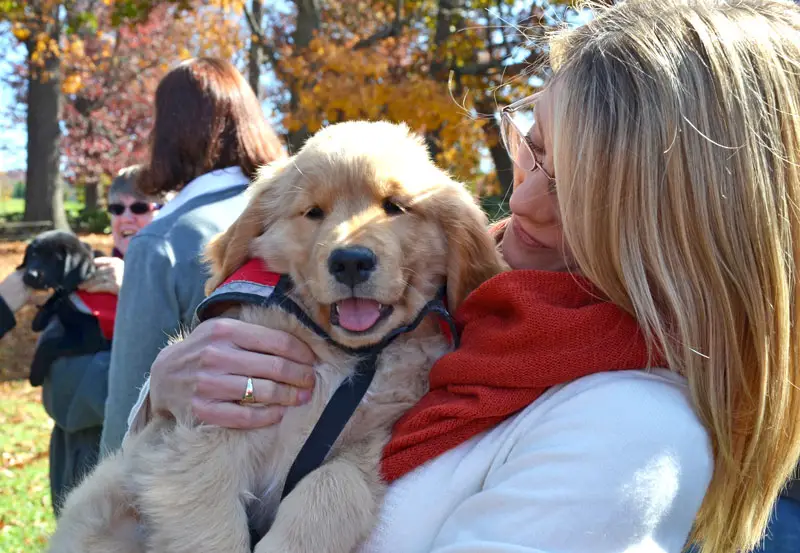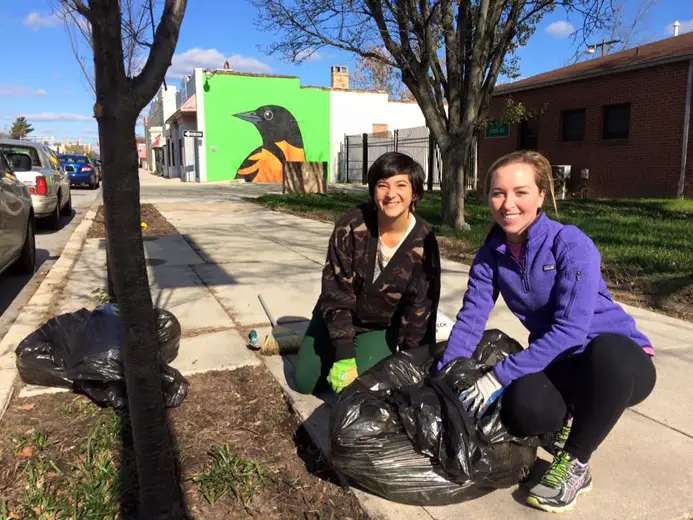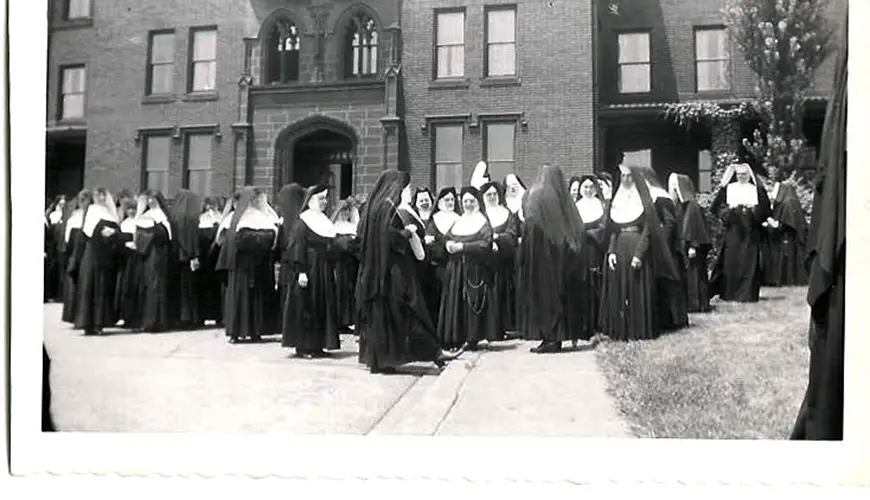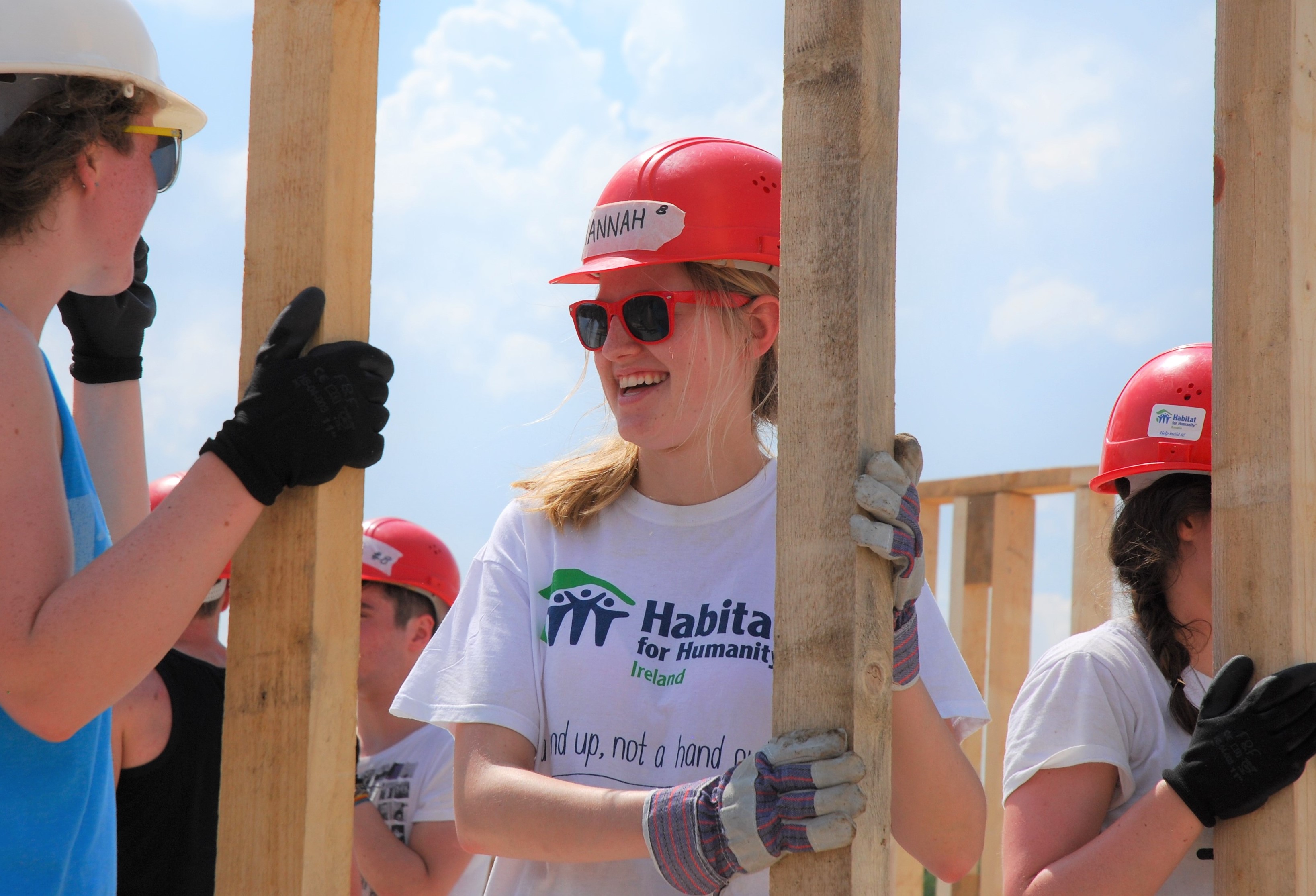In the current divisive political climate, any way to bond with those from across the aisle is beneficial. Fortunately for college students, campuses are rife with opportunities to make connections, especially with individuals from different cultural, financial, religious and political backgrounds.
What better way is there to form relations than through community service, where one can simultaneously bond with classmates and the organizations they serve?
The Relevance of Community Service
As you probably know, community service is the act of serving others in some way — whether by planting a tree, building a house, helping low-income or underserved areas or working at a bereavement camp for children.
Dr. James M. Dubinsky, an associate professor of English at Virginia Tech, wrote the article “Service Learning as a Path to Virtue: The Ideal Orator in Professional Communication.” In the article, he examines community service and its benefits. He reasons that service is a path to virtue that allows students to inculcate a public-service ideal.
Building such a bridge between service and learning not only helps students learn and understand course material better, Dubinsky argues, but it also teaches them how to effectively develop relationships with their communities. Such relationships allow volunteers to see the people they are helping as equals, a point Dubinsky stresses.

While Dubinsky’s article mostly covers the benefits of service learning in college curriculum, the points he makes are still valid. Developing relationships with people of different backgrounds stimulates emotional and intellectual growth and maturity. Volunteers gain a better understanding of the environment they live in by helping the communities around them.
Many other studies echo Dubinsky’s points. “Changing students’ perceptions of the homeless: A community service learning experience” is a study by Janet Gardner and Jan Emory. Gardner and Emory found that participants demonstrated an increase in empathy, attitudes and awareness when engaging in community-service learning opportunities.
“Development of Adolescent Moral and Civic Identity Through Community Service: A Qualitative Study in Hong Kong,” by Huixuan Xu and Min Yang also found similarities. Xu and Yang interviewed adolescents participating in community service and found that service programs helped facilitate moral- and civil-identity formation through meaningful service activities and exposure to diversity. Service also encouraged the adolescents to reflect and use their young voices for change. Participants also showed a desire to extend their service duration.
The article and studies all point to the benefits and power of community service. Through service, individuals open themselves to different people, cultures and experiences that not only broaden their lives but also help others in the process.
“This Isn’t Just Your World”
Many students agree with the above findings, too, including Tara Howell, a communications major with a double specialization in public relations and digital media at Loyola University Maryland in Baltimore. Howell spoke highly of her time working at Comfort Zone Camp, the nation’s largest bereavement camp. Comfort Zone offers free camp to children aged 7 to 17 whose parent, sibling or primary caregiver has died.
Howell noted Comfort Zone, which has become a significant part of her life and story, was a great way for young children to connect with others during a vulnerable time. It allows children grappling with strong emotions to open up to those sympathetic and empathetic to their needs, an opportunity not easily available otherwise.
A place like this, Howell says, allows individuals to connect with people from various backgrounds, lifestyles and places. It also makes sure the people working there actually want to be there — Comfort Zone screens all volunteers, who must submit background checks and commit to six hours of training.
Howell believes community service is important; it ensures that people see and understand different perspectives that can help ground them and keep them from being too self-involved. “This isn’t just your world,” she emphasizes.
Kirsten Petrarca, a speech pathology and Spanish double major at Loyola, also had great things to say about community service. She says she loves it, especially when she can get friends to join her in engaging with the community. She noted that it was a great way for her to open up and connect with other people during her freshman year, an extremely challenging time for many students as they navigate a new environment. Petrarca met many new people and built lasting relationships with individuals she otherwise would not have met.

Petrarca also pointed out the importance of returning to the same service organization. One-offs might enlighten an individual — and are equally beneficial — but it is harder to truly connect with someone based off of one experience.
She mentioned how Loyola’s Center for Community Service and Justice (CCSJ) encouraged student volunteers to get to know the people they were working with to better understand their life; reading a book or article was not going to cut it. Through conversations, jokes and backstories, volunteers would not only get to see the people they served as equals, but also give the people an opportunity to explain their own culture.
The Drawbacks of Giving Back
Unfortunately, there can be some setbacks to community service, though typically not with the organizations themselves but the volunteers. Sometimes, students who volunteer only go for a course assignment or credit, and not because they actually care about the organization or community.
Actions like this can put a huge damper on the event, in which negative or disinterested attitudes can make people uncomfortable, specifically the people they are helping. Bri Griffith, a creative writing major at Carlow University in Pittsburgh, recalls working with Habitat for Humanity in Laredo, Texas two years ago:
“One afternoon, the group was split up; some were asked to work on the house we were building from scratch, while others were asked to pack and arrange items in the organization’s warehouse. The students who were asked to work in the warehouse were annoyed that they weren’t working on the house because working on the house was ‘more fun.’ This created tension among our group, which was addressed later that night. Whether or not you’re working on a house, folding clothes or packing items, you’re doing work for people that needs to be done. That’s why you volunteer — to help other people.”
Thus, keeping sight of why one volunteers in the first place is essential. Griffith notes that, though service work is not glamorous, it is “necessary in the fight for better functioning communities.” Petrarca also added that not all community service is for everyone. “There are definitely people who should not be around other people,” she says. With this in mind, it is important to think hard about the service activity and if it is a good fit.
Bridging Divides
Community service is extremely important, especially in light of the recent tension gripping most of the world. Working with people of different communities gives college students the chance to grow and open their minds to different perspectives and lifestyles. However, while there is clearly a bonding power to service that can bridge divides, both Howell and Petrarca say that there needs to be a willingness and openness to helping and hearing people.
Griffith adds that fostering and building relationships with the people you’re helping is key to strengthening community ties, and encourages individuals to help with other organizations within and beyond their own community.

To ensure that strong, lasting bonds occur, Howell encourages everyone to find service opportunities they genuinely care about instead of halfheartedly volunteering at the first event they see. Not all community ventures are one size fits all, she says. “So it’s helpful to find organizations that involve things you’re passionate about.” In doing so, one finds a connection with someone else that opens the doorway to a relationship.
Don’t Be Afraid of Micro-Volunteering
Students struggle finding free time to eat, never mind helping other people. This is why micro volunteering is a great option. Micro volunteering is simple: they are easy, typically cost-free actions that take less than half-an-hour to complete. These events (online and/or in-person) have little to no expectation that the volunteer return. This is great for college students who are short on time or who are unable to commit to something long-term.
Create the Good published an article about virtual volunteering, which is also great for anyone who wants to help without even having to leave home. While individuals miss the benefits of face-to-face interaction, it still gives people the opportunity to help where they can. Linked to the article are websites, such as DoSomething.org and Volunteer Match, that let you help out from anywhere and/or match volunteers with opportunities nearby and around the world.
Whether in-person or at home, helping out is a great way to feel part of something as well as connect with other people. Community service fosters growth and maturity, and broadens perspectives. It is important to get out of our bubbles and help. As Griffith says, “There are people in need.”
















